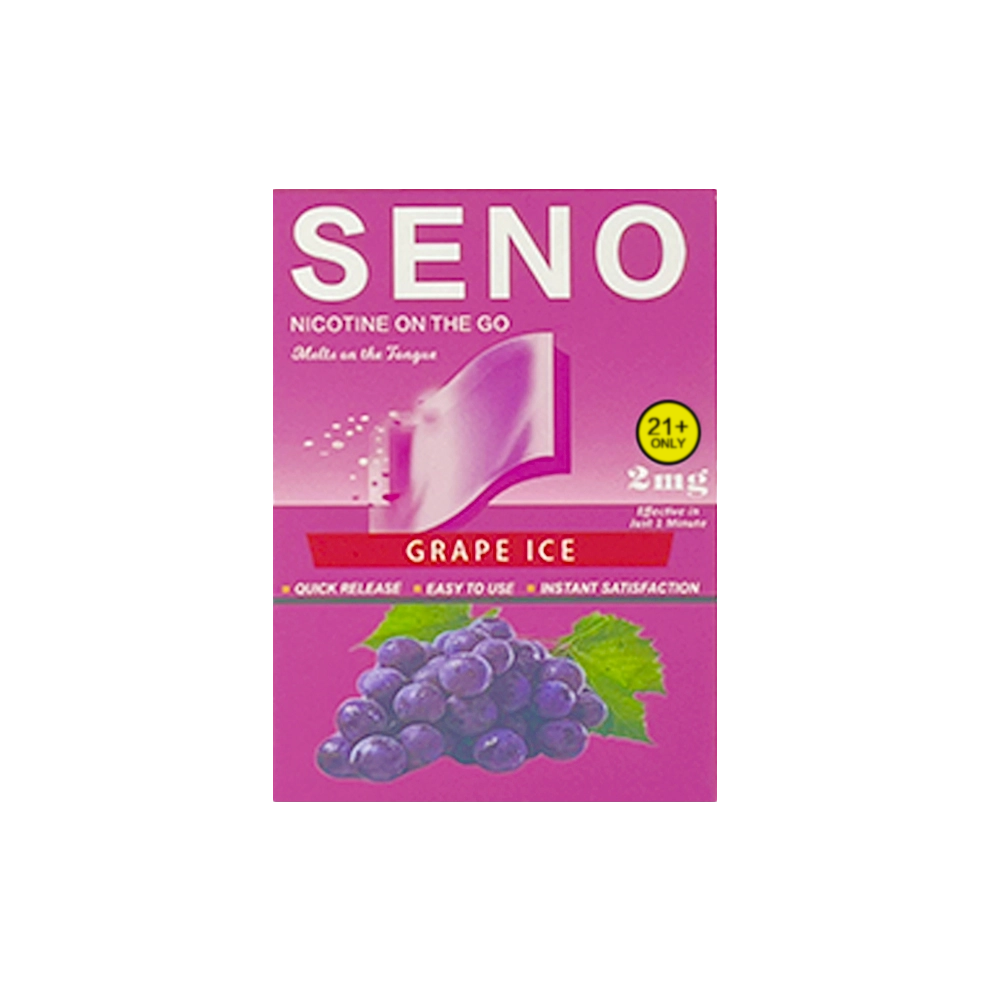When it comes to interior design, the perception of space is a critical factor that can dramatically influence the ambiance and functionality of a room. One of the most effective ways to create the illusion of a larger space is through the strategic use of color. In this article, we will explore the psychology of color, the science behind spatial perception, and practical tips on how to choose the right hues to make your room look bigger.
Understanding Color Psychology and Spatial Perception
Color is not merely a visual element; it plays a significant role in how we perceive our environment. According to color psychology, different shades evoke various emotions and reactions. Lighter colors, for instance, tend to reflect more light, creating an airy and open atmosphere. Conversely, darker shades can absorb light, making a space feel more enclosed and intimate.
Research in environmental psychology suggests that our brains interpret colors in relation to their surroundings. When a room is painted in light, cool colors, it can give the impression of depth and expansiveness. This is particularly important in smaller spaces where maximizing perceived area is essential.
The Best Colors for Expanding Space
- Soft Whites and Off-Whites: These colors are timeless and versatile. They reflect natural light effectively, making a room feel brighter and more spacious. Opting for a soft white with warm undertones can add a cozy feel without sacrificing openness.
- Pale Blues and Greens: Cool colors like pale blue and soft green can evoke a sense of tranquility while also enhancing the perception of space. These colors mimic the sky and nature, which can psychologically expand the boundaries of a room.
- Light Grays: A light gray can serve as a sophisticated alternative to white. It offers a modern aesthetic while still reflecting light. Pairing light gray walls with white trim can create a seamless flow that enhances the feeling of space.
- Pastels: Soft pastel shades, such as blush pink or mint green, can add a touch of color without overwhelming the senses. These hues can brighten a room and create a cheerful atmosphere, contributing to the illusion of a larger area.
- Monochromatic Schemes: Utilizing varying shades of the same color can create depth and interest while maintaining a cohesive look. This technique can help elongate walls and draw the eye upward, further enhancing the perception of height and space.
Tips for Implementing Color to Maximize Space
- Consider the Ceiling: Painting the ceiling a lighter color than the walls can create an illusion of height. This technique draws the eye upward, making the room feel taller and more open.
- Use Accent Walls Wisely: While accent walls can add character, choosing a darker color for an accent wall can sometimes make a room feel smaller. If you opt for an accent wall, consider using a lighter shade that complements the overall color scheme.
- Incorporate Mirrors: Mirrors can amplify the effects of color by reflecting light and creating a sense of depth. Positioning a large mirror opposite a window can enhance the natural light and make the room feel more expansive.
- Limit Color Contrast: High contrast between wall colors and furnishings can create visual barriers that make a room feel more confined. Aim for a harmonious color palette that blends seamlessly to promote a sense of flow.
- Natural Light: Always consider the amount of natural light a room receives. Colors can appear differently depending on the lighting conditions. Test paint samples in various lighting throughout the day to see how they affect the perception of space.
Conclusion
The choice of color can significantly impact the perception of space in a room. By selecting lighter, cooler shades and employing strategic design techniques, you can create an environment that feels more open and inviting. Whether you are redesigning a small apartment or refreshing a cozy nook, understanding the relationship between color and spatial perception will empower you to make informed decisions that enhance your living space. Embrace the power of color, and watch as your rooms transform into airy, expansive havens.
